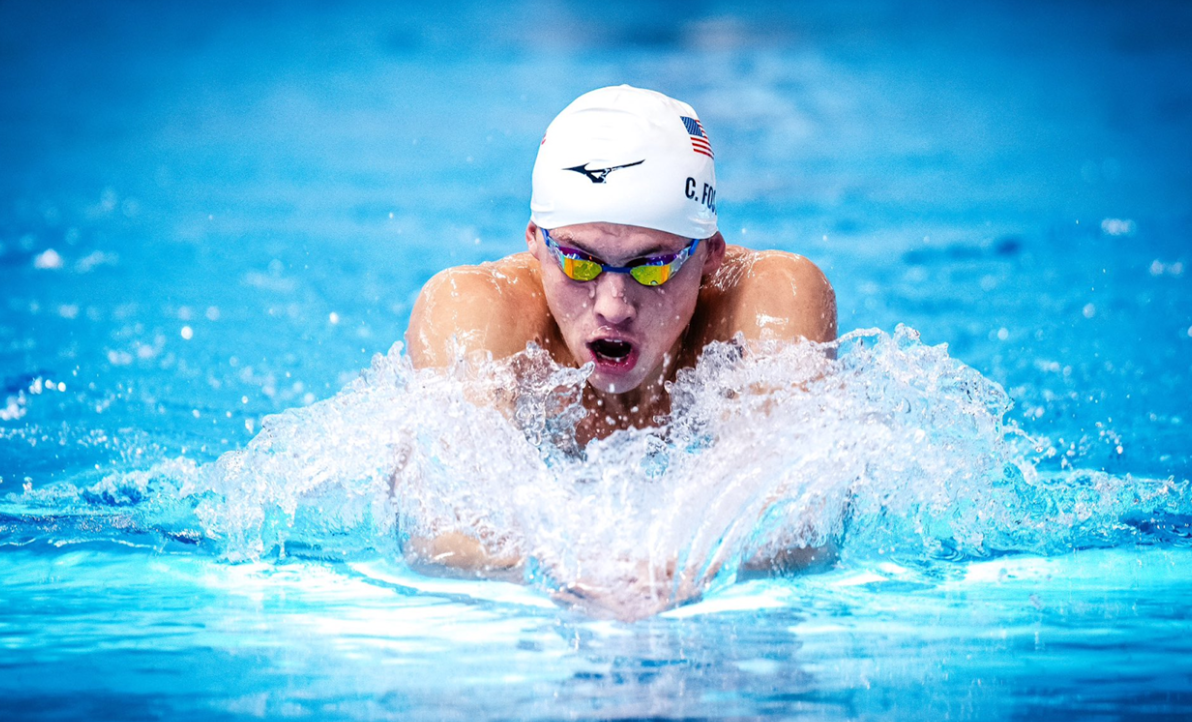A deep dive into NCAA swimming and diving

The GIST: Swimming may seem straightforward — obviously, the fastest swimmer wins — but there’s a lot more to it, especially when paired with diving into one combo sport. Its winter season generally runs from early November until the national championship in late March…you know, the perfect time of year to have wet hair.
- In DI, there are 200 women’s and 136 men’s programs. Many operate under a coed model where the men and women share coaches, practices, and schedules. The decision to go coed is up to each school and often depends on finances.
Swimming: Like track & field, swimming consists of individual and relay races across four strokes, and competitors earn team points based on their finishing place. There are 13 individual events, including different distances in the freestyle, backstroke, breaststroke, butterfly, and medley, and five relay events (three freestyle and two medley distances).
Diving: While swimming wins are unambiguous, diving scores are inherently subjective. There are three diving events: one-meter, three-meter, and platform. The first two use bouncy “springboards,” like at your local pool, but in the latter, divers jump from a static surface five, seven, or 10 meters above the water. Low-key terrifying.
- The NCAA uses Olympic scoring in which divers are judged by a panel on technique and body control, and starting scores are assessed based on the attempted dive’s degree of difficulty. Think gymnastics, but falling is the goal — as long as you do it with style.
Enjoying this article? Want more?
Sign up for The GIST and receive the latest college news straight to your inbox three times a week